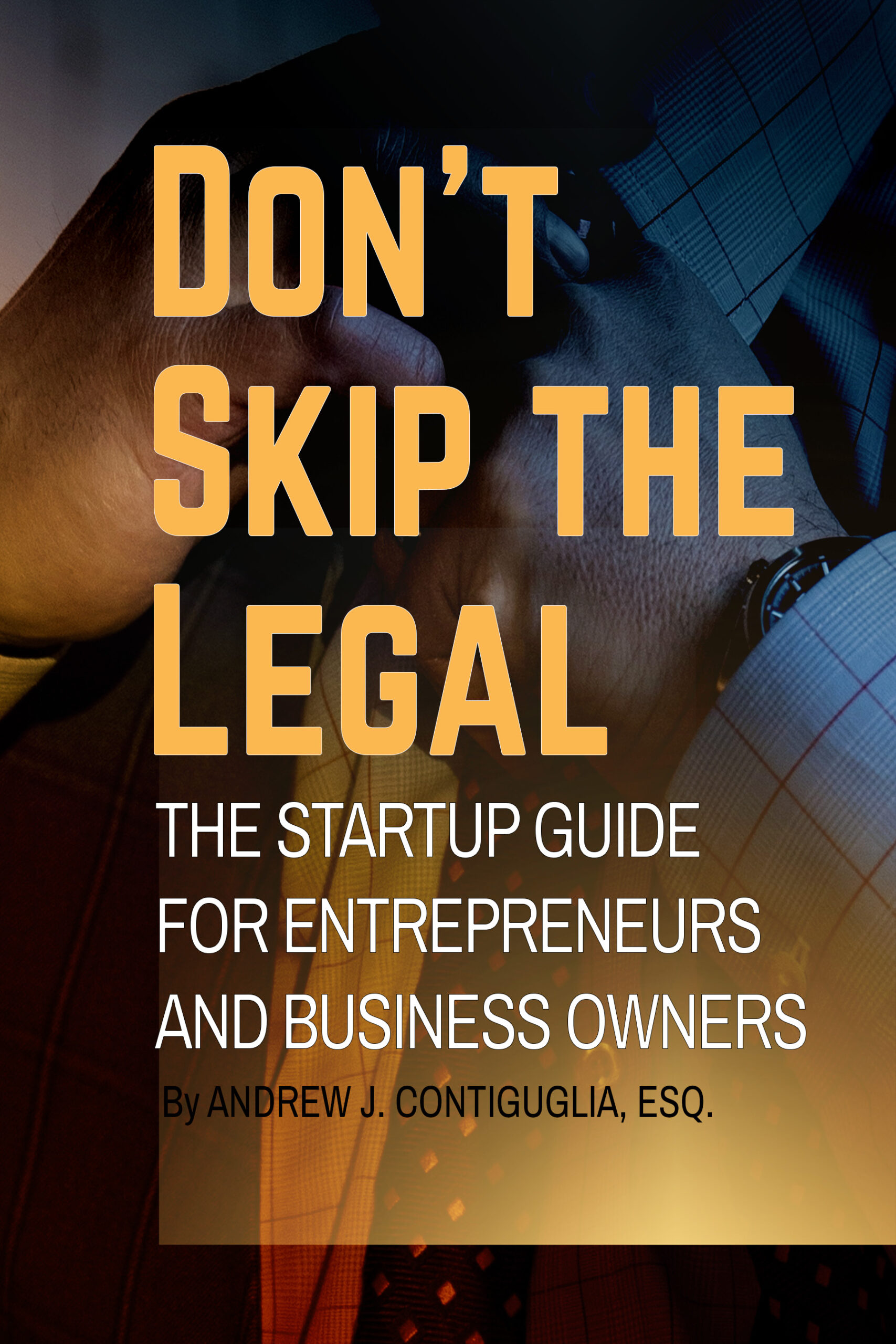In an ideal world, no one—employees or employers—should have to worry about workplace injuries and their severe consequences. The reality tells a different story, however. All too often, personal injuries in the workplace are not just possibilities but surprisingly common realities. Recognizing the gravity and relevance of workplace injuries matters for both employers and employees. That’s why we’re going to discuss important topics surrounding personal injury in the workplace in this article.
Whether you’re an employee or an employer, you need to understand critical aspects of this area of law, including your rights, how these cases are handled, and much more.
Personal Injury in the Workplace
Any normal day can quickly turn sour when a workplace injury happens. Before you know it, you could suffer a profound injury with lasting consequences, including losing the ability to earn an income or live your life as you once did.
On the flip side, you could find yourself as an employer facing the realities of workplace injury lawsuits and navigating what that means for your business and its future.
Either way, understanding employer liability and personal injury in the workplace is invaluable.
The Basics of Employer Liability
At the core of employer liability is responsibility. This area of law helps pinpoint who is liable when a personal injury in the workplace happens. No matter how you look at it, much of the responsibility for workplace accident avoidance lands on employers and their duty to maintain a safe working environment.
When they don’t effectively fulfill this responsibility, they expose themselves and their businesses to the risk of personal injury lawsuits.
Here’s a relevant article to read next: 10 Personal Injury Law Terms and Definitions You Should Know.
What Types of Injuries are Covered by Workers’ Compensation?
The types of injuries covered by workplace injury law range from slips, trips, and falls to more severe cases involving machinery or dangerous substances. While the specifics of these cases can vary, as can the employee’s liability, some common scenarios are more likely to fall into this category.
They include:
- Accidents involving heavy machinery or equipment
- Exposure to toxic chemicals or substances
- Repetitive strain injuries from tasks (typing and lifting are common examples)
- Slips, trips, and falls on the job
- Physical altercations or assaults in the workplace
Regardless of the type of injury, every injury in the workplace is undeniably significant and could have lasting effects on everyone involved. With that, let’s move on to the general legal process for workplace injury claims.
The Legal Process for Workplace Injury Claims
It’s helpful to break this process down into several key stages—from reporting the injury to filing a claim for workers’ compensation or, in some cases, pursuing personal injury claims against an employer.
Reporting the Injury
First things first, what should you do after an accident at work? The moment an injury happens, report it. This might seem like common sense; however, many people don’t realize the urgency of reporting workplace injuries immediately.
This is a crucial first step in building your case and protecting your rights as an employee. Reports should include all details of the incident, including when, where, and how it happened. As an employer, it’s equally important to document the incident and take the right next steps.
Contact a Personal Injury in the Workplace Lawyer
Your next step is to contact a personal injury and insurance recovery lawyer who specializes in workplace injuries. As an employer, you need to be confident the lawyer you hire is well-versed in workers’ compensation and can protect your rights effectively. Injured employees must ensure their lawyer has a successful track record with these cases.
Learn more: When is it Time to Acquire a Personal Injury Lawyer?
Determining Liability
This is often the most trying time for any party involved in these cases. Liability must be determined before any kind of settlement or next steps can happen. To do this, your lawyer will investigate and gather evidence to build your case. This process involves gathering witness testimonies, medical records, and safety reports.
From there, both sides often negotiate based on the evidence and try to reach a fair settlement.
Settling or Going to Court
If these cases aren’t dropped, they are usually handled in one of two ways: settling or going to court. In most workplace injury cases, both parties reach an agreement through settlement negotiations. However, if the parties can’t agree, the next step is to go to court.
Workers’ Compensation Claims & Workplace Injury Lawsuits
Employees are entitled to certain benefits through workers’ compensation insurance for most workplace injuries. In fact, 49 of the 50 United States mandate workers’ compensation coverage, with the only exception being Texas. This coverage helps protect both employers and employees—it provides employees with benefits to cover medical bills and lost wages and simultaneously protects employers from personal injury lawsuits.
Like any insurance, workers’ compensation coverage has exceptions. Often, these include cases of gross negligence or intentional harm by the employer. Understanding what qualifies as intentional harm and gross negligence is imperative.
What is Gross Negligence by an Employer?
As the Legal Information Institute from Cornell Law School defines it,
“Gross negligence is a lack of care that demonstrates reckless disregard for the safety or lives of others, which is so great it appears to be a conscious violation of other people’s rights to safety. Gross negligence is a heightened degree of negligence representing an extreme departure from the ordinary standard of care. Falling between intent to do wrongful harm and ordinary negligence, gross negligence is defined as willful, wanton, and reckless conduct affecting the life or property or another.”
For employers, this can look like a lot of things. The key is that the employer either knew or should have known about the dangerous situation and failed to take precautions to prevent injury.
Personal Injury in the Workplace: FAQs
If you have any remaining questions about personal injury in the workplace, these answers should help clarify lingering concerns:
What are your rights if you get injured at work?
It is within your rights to file a workers’ compensation claim, receive medical treatment, and sometimes go back to your job once you’re medically cleared.
Can you sue your employer for workplace injury?
Workers’ compensation laws generally prevent suing your employer, but exceptions exist. These exceptions usually apply when negligence is evident.
Do you still get paid if you get hurt at work?
This is part of the purpose of workers’ compensation—it typically provides a portion of your earnings during your recovery period.
Contact Contiguglia Law Firm to Discuss Personal Injury in the Workplace Cases
Your workplace injury is personal, and your legal case should be approached similarly. When you entrust Contiguglia Law Firm in Denver for your personal injury in the workplace case, you’re not a number. We know how much this matters to you and your family and work tirelessly to ensure an optimal outcome.
Contact us today to schedule a personal injury case consultation with an experienced and compassionate personal injury lawyer.
Did you learn a lot about personal injury claims in this article?
Here are three more to read next:
- 8 Mistakes Personal Injury Victims Make with Insurance
- How Social Media Can Hurt Your Injury Claim
- Evaluating Your Business Insurance Needs



